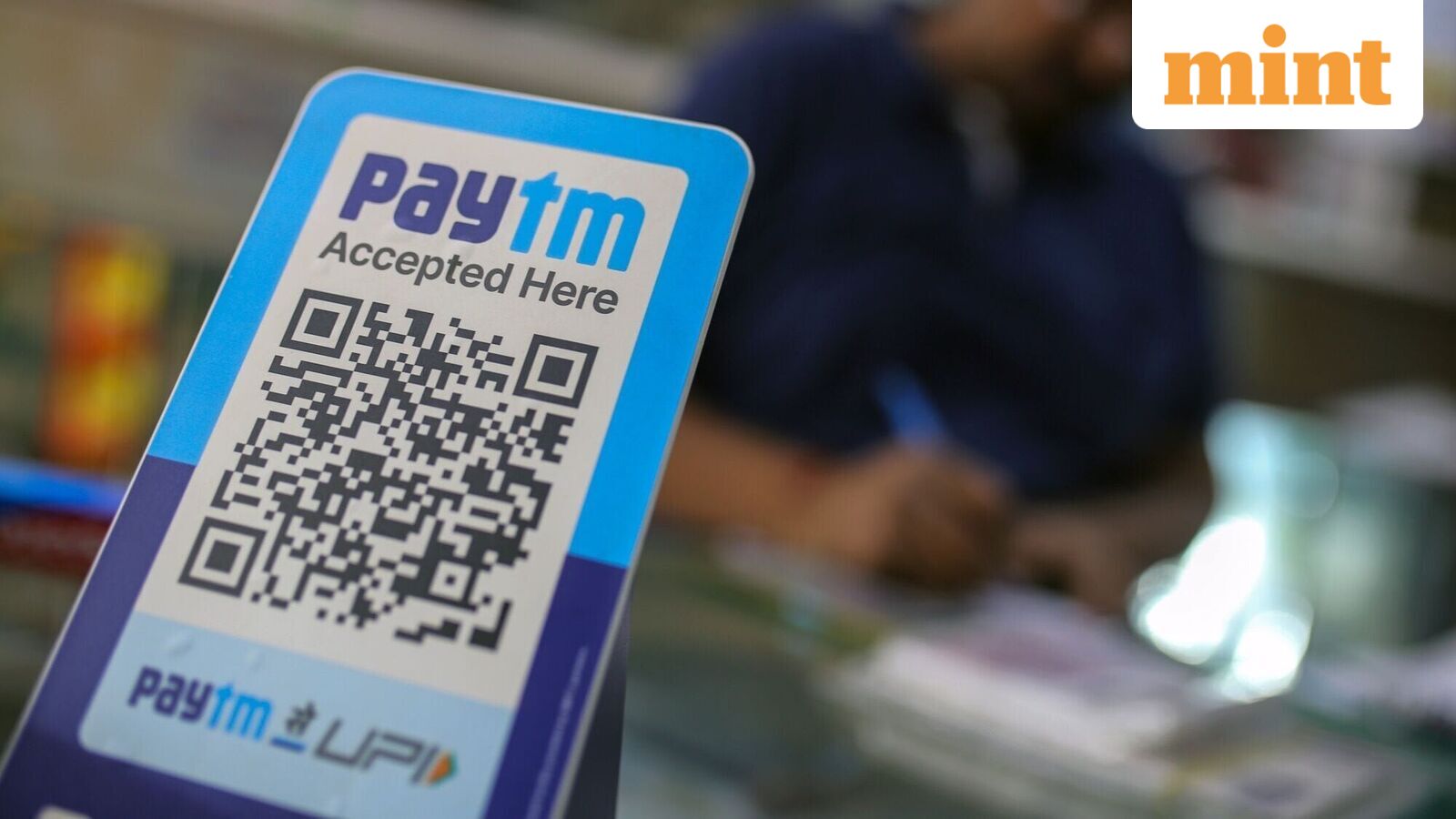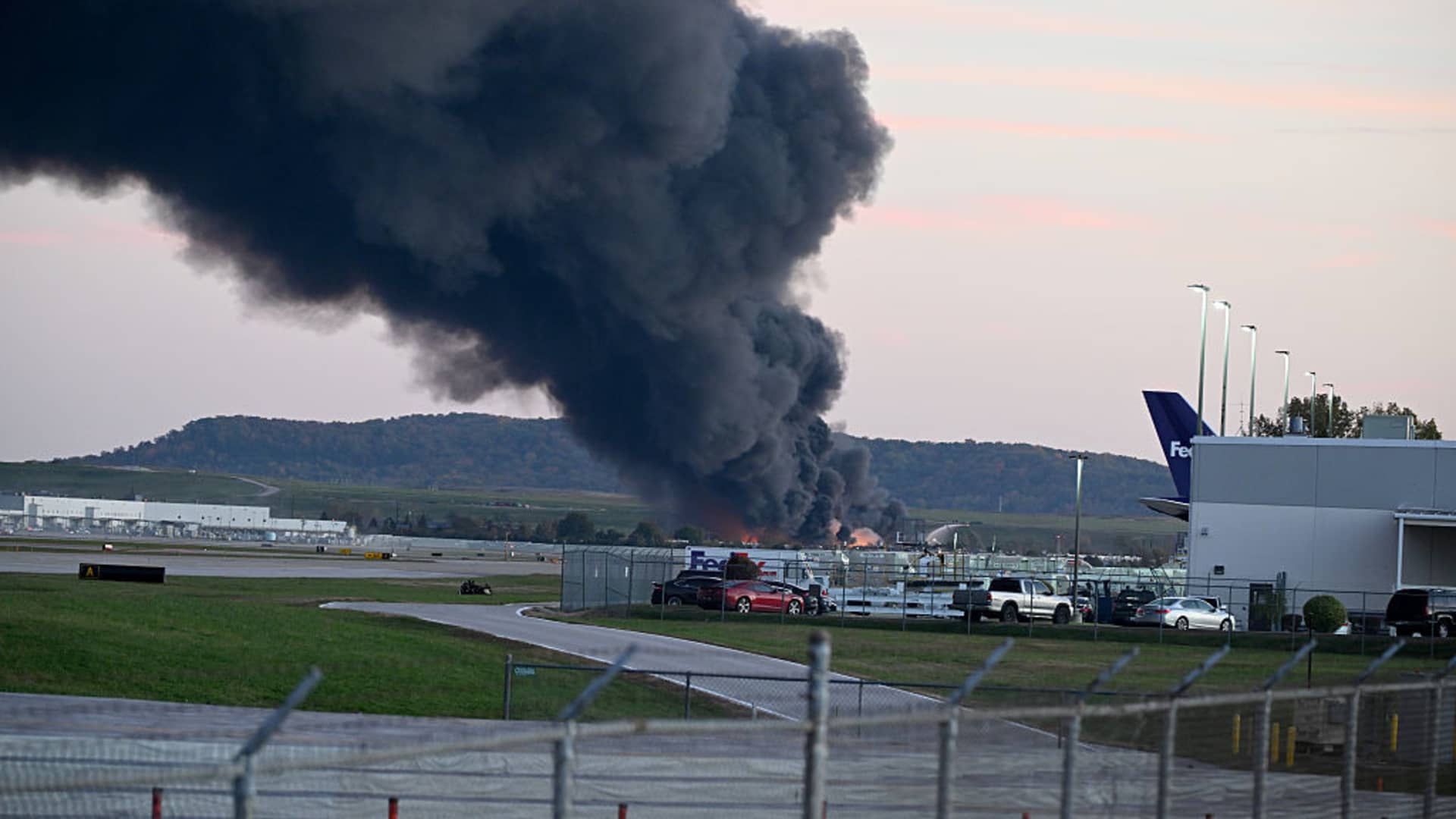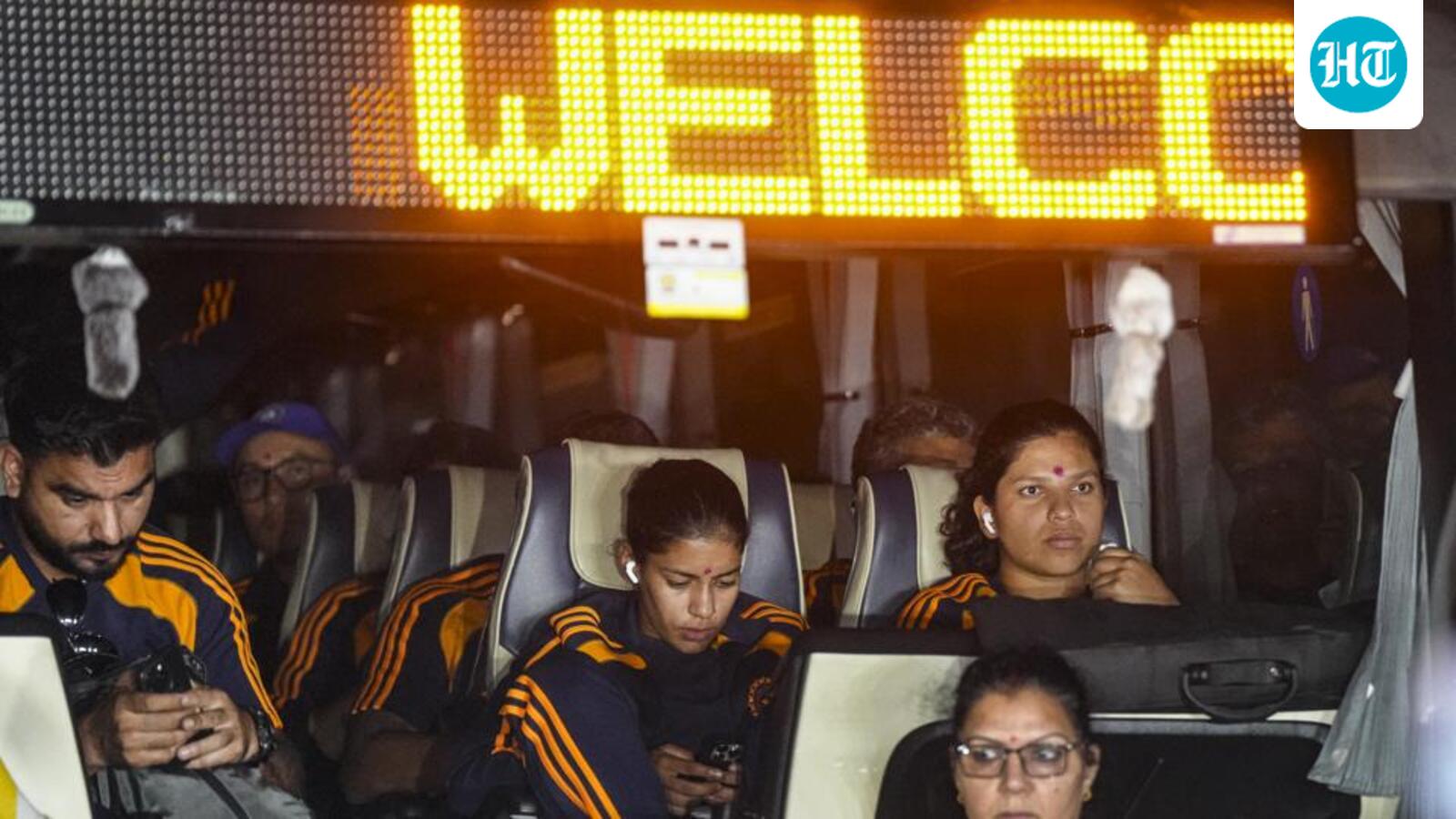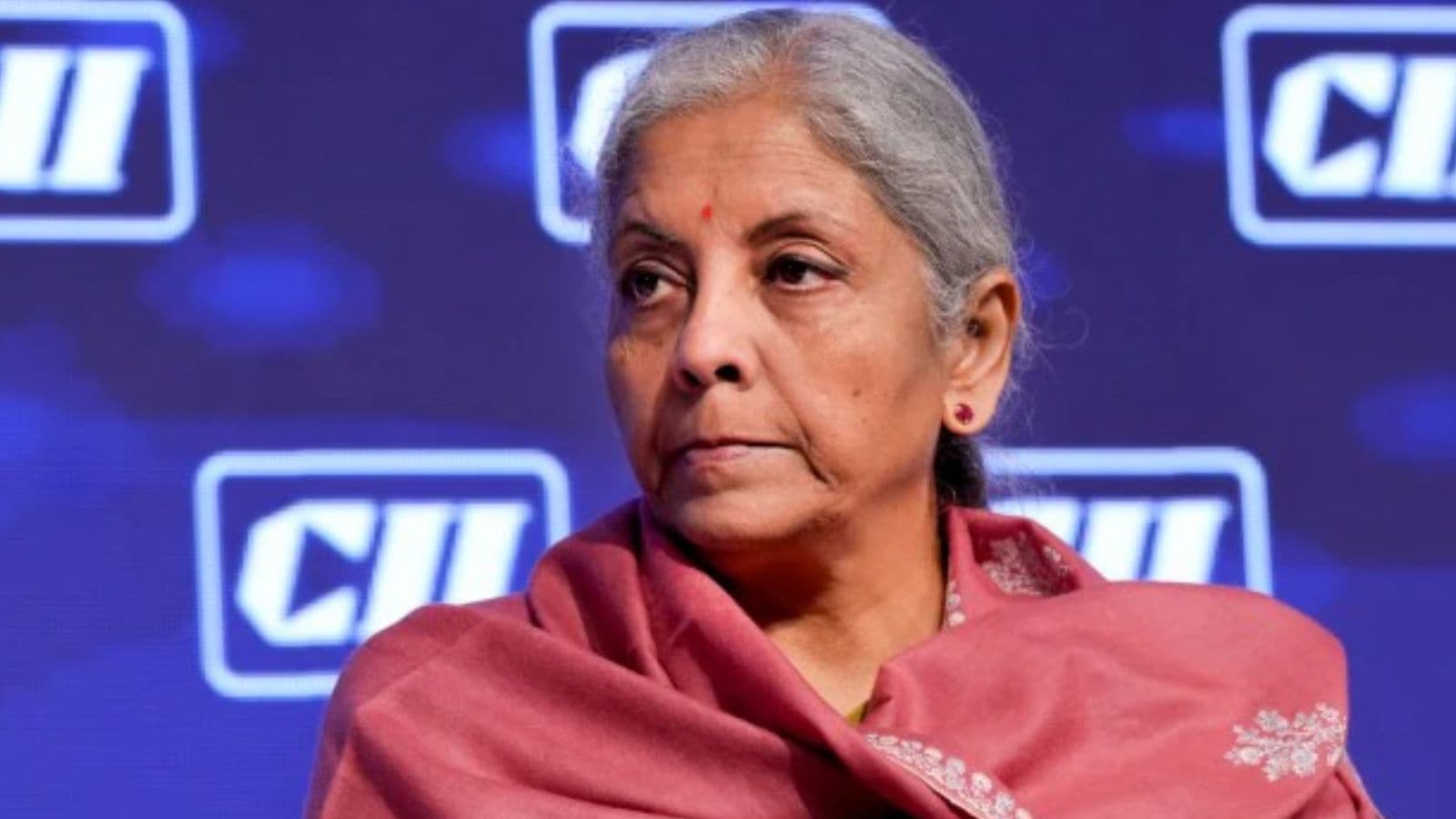
India is now the 3rd largest (up from the 5th largest a decade ago) and one of the fastest-growing aviation markets in the world (after the USA and China). The sector has grown at a 6.9% CAGR over the past 10 years, with passenger traffic expected to rise from ₹41 crore in FY25 to ₹47 crore by FY27, growing at a CAGR of 7%. Despite this growth, why are there only a handful of successful airline companies in India?
Key challenges faced by Aviation companies in India:
- Fluctuating fuel cost: Aviation turbine fuel accounts for around 30-40% of the airlines’ operating costs in India (as of FY25), compared with a global average of 26%, making it the largest expense for carriers. Any rise in its price directly affects profit margins. This situation is worsened as India imports the majority (about 88% in FY25) of its crude oil, exposing airlines to both global crude price volatility and rupee depreciation.
- Lack of pricing power: India’s aviation market is one of the most price-sensitive markets in the world. Passenger traffic has grown over 62% since 2015, yet domestic airfares have largely remained stagnant, often close to or below 2015 levels. This has failed to keep pace with rising operational costs, including higher fuel prices and inflation.
- High capital and regulatory barriers: Starting an airline business in India requires a heavy upfront investment. As per law, new operators must begin with at least 5 aircraft, either leased or purchased.
– For larger aircraft (> 40,000 kg), an airline must invest at least ₹50 crore of its own capital, with an extra ₹20 crore required for every additional 5 planes.
– For smaller aircraft (₹20 crore, rising by ₹10 crore for every additional 5 planes.
These capital requirements, combined with high operating costs, make it difficult for players to sustain or enter the market.
Market share of key players in the industry:
The Indian airline market has consolidated into a duopoly, with IndiGo holding a dominant 65% share as of Mar 2025, while Tata’s airlines (Air India and Air India Express) together control 27%.
In contrast, smaller players such as Akasa Air and SpiceJet account for just 5% and 3% respectively. IndiGo not only leads the domestic market but also ranks as the world’s 2nd fastest-growing airline by seat capacity and 7th largest in terms of daily departures.
How do airlines earn profit?
Flight seats are perishable. Unlike products that can be sold later, once a plane takes off, any empty seat represents revenue lost forever.
To increase seat occupancy, airlines often engage in intense price wars. While this boosts load factor, it directly reduces profit margins, leaving strict cost control and operational efficiency as the only reliable ways to stay profitable.
How does IndiGo run its business?
InterGlobe Aviation Ltd (IndiGo), founded in 2006, is India’s largest airline by both passengers carried and fleet size. Its core business comprises providing domestic and international air transportation services for passengers, along with pre-flight and post-flight ground operations like check-in, boarding, baggage handling, etc. The company also offers cargo services, in-flight sales of snacks and related ground handling services for other businesses.
The company follows a low-cost carrier (LCC) model, which focuses on keeping the operating costs low and offering only basic amenities, allowing it to provide more affordable fares to the passengers.
The sale-leaseback model adopted by IndiGo
- IndiGo uses a sale and leaseback strategy that combines financial gain with operational efficiency. It buys aircraft in bulk from Airbus at discounted rates and sells them to leasing companies at a slightly higher price, earning a profit upfront
- For example, if a plane costs around ₹1,00,000, IndiGo might purchase it for ₹85,000 using its bulk discount from Airbus. It then sells the planes to a leasing company for ₹95,000, giving the lessor a 5% saving compared to buying directly from Airbus and earning a profit of ₹10,000 per aircraft.
- IndiGo then leases planes back from the lessor for about 5-6 years. This allows the airline to operate modern, fuel-efficient aircraft without locking in large capital, which is critical in such a capital-intensive industry.
- By passing the responsibility of older aircraft to lessors, IndiGo avoids the cost of managing an ageing fleet while keeping capacity adequate. This results in the predictable lease payments and upfront profits from sales, improving cash flows and overall financial stability.
You might wonder, why don’t lessors buy directly from Airbus and get the same bulk discount? The answer is simple. Even if they did, they would still need to find the customers (airlines) willing to lease those planes. With IndiGo, they get long-term lease contracts right away, which saves them both customer acquisition costs and time.
How does IndiGo succeed and dominate India’s aviation market?
- Homogeneous fleet: IndiGo mostly operates a single aircraft type, the Airbus A320 family, which simplifies operations and drives significant cost savings across the airline.
- Maintenance cost efficiency: Using a uniform aircraft type allows IndiGo to streamline its maintenance processes as the same components fit across its entire fleet, which reduces the need for heavy spare parts inventory and simplifies management. Engineers also gain deep expertise in the fleet, enabling faster, more efficient repairs, lowering downtime, and improving aircraft availability.
- Training cost savings: It also reduces crew training costs as pilots need to learn only one type of plane, and any trained pilot can operate any aircraft. This flexibility speeds up staff deployment and ensures smoother operations if a specific plane is unavailable.
2. Weight and fuel reduction strategy: Fuel consumption rises with every extra kg on board. IndiGo strategically trims weight wherever possible to cut costs. It removed hot meals from its menu, so ovens were no longer needed. Each oven on average weighs about 20 kg, and as 2-4 ovens are used, it saves around 60 kg per flight.
Moreover, IndiGo employs only female cabin crew, who are on average 15-20 kg lighter than the male crew. With 5–6 crew, this reduces total weight by another 60–80 kg.
And if we calculate in terms of reduced fuel costs. With the Cost per Available Seat Km (CASK) at ₹4.38 as of FY25 and an average distance per flight of 908 km, the cost per seat per flight journey is approximately ₹3,977. With over 2,200 flights a day, this translates to fuel savings of more than ₹80 lakh daily and around ₹292 crore annually, cutting down the largest airline’s expenses.
Conclusion
Running an airline business is one of the toughest challenges in India. Over the last 30 years, more than 20 airlines, including Kingfisher, Jet Airways, Air Costa, Air Deccan, etc, have shut down and gone bankrupt.
IndiGo’s consistent focus on operational efficiency and cost control through standardised fleet, weight control measures, and a smart sale-leaseback model has made it the most profitable airline in India over the past 15 years. Today, it operates over 2,200 flights daily, serving more than 3 lakh passengers, and holds a monopoly on over 57% of the routes it flies, making it the largest carrier in the country.
Finology is a SEBI-registered investment advisor firm with registration number: INA000012218.
Disclaimer: The views and recommendations made above are those of individual analysts or broking companies, and not of Mint. We advise investors to check with certified experts before making any investment decisions.




